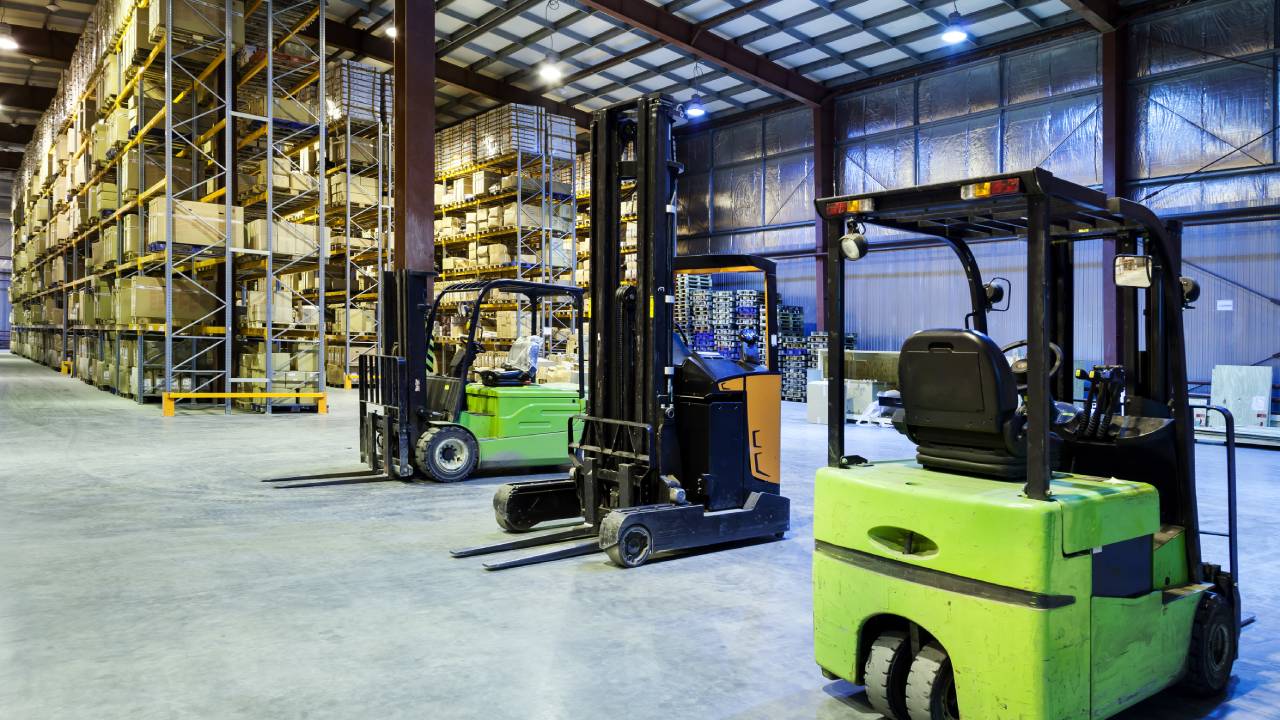Logistic workspaces use a lot of energy and materials, and many companies are now looking to invest in more sustainable options. Understanding how warehouses can reduce their carbon footprint can make a big different in the long run. Here are just a few practical ways to reduce your environmental impact without sacrificing efficiency.
Optimize Energy Usage in the Warehouse
Energy consumption is one of the largest contributors to a warehouse’s carbon footprint, primarily due to lighting and climate control systems. Warehouses can limit their energy use by upgrading to LED lighting fixtures. Not only do these bulbs provide more light for far less energy, but they last longer than traditional bulbs. Motion sensors can further enhance energy efficiency by ensuring lights are only used in active areas.
You can also maintain your heating and air conditioning systems to try and maintain efficiency. Switching to renewable energy sources, such as solar panels installed on rooftops, can cut emissions even further while generating long-term cost savings.
Improve Pallet Usage and Management
Many logistics workplaces utilize pallets for storing or transporting goods, but a lot goes into the production and disposal of these items over time. Managers can reduce their facility’s environmental impact by using wooden pallets, which are easy to repair or replace.
It’s worthwhile to learn about combo pallets, which use both new and recycled wood. Managers should also consider adopting efficient pallet-loading techniques that optimize space, which will minimize the need for additional shipping runs and reduce fuel consumption.
Streamline Transportation and Logistics
Another way warehouses can reduce their carbon footprint is by streamlining their logistic processes. Consolidating shipments helps reduce the number of trips while making the most out of vehicle capacity, leading to a lower environmental impact.
Transitioning to electric or hybrid vehicles for local deliveries further minimizes the reliance on fossil fuels while contributing to sustainability goals. Business owners can encourage partners or suppliers to adopt similar green practices to try and amplify logistics-based improvements and reduce carbon emissions.
By implementing these strategies, warehouse managers can greatly reduce their operations’ environmental impact. Take meaningful steps today to make your warehouse part of the solution for a greener future.

